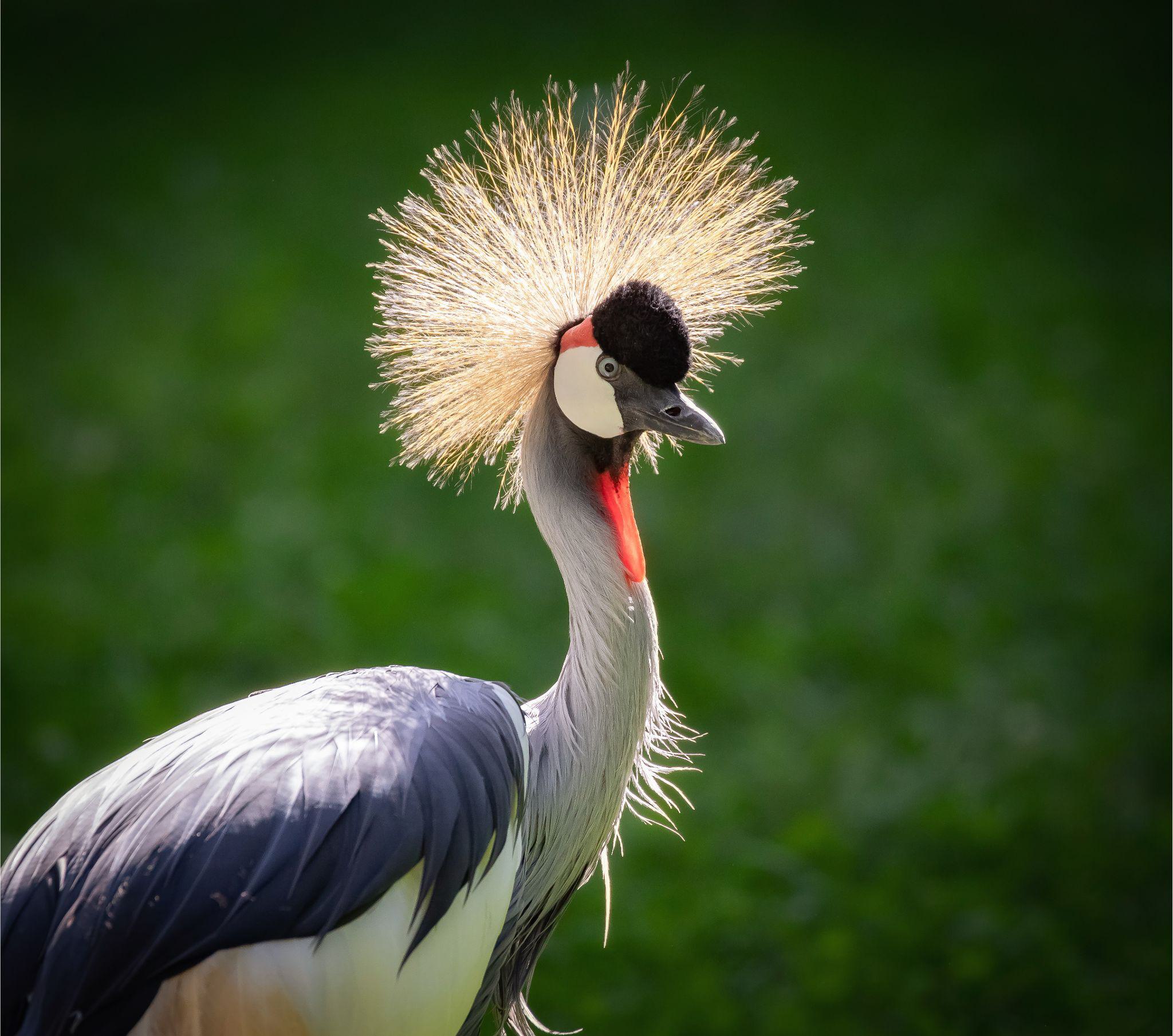
Grey Crowned Crane
Grey Crowned Crane
Distribution
Central to Southern Africa
Diet
Omnivore
Habitat
Savannah
Latin Name
Balearica regulorum
IUCN conservation status
A stilt-walking bird that wears its crown with flair.
Interesting informations

Central to Southern Africa
Omnivore
Savannah
Balearica regulorum
Interesting informations